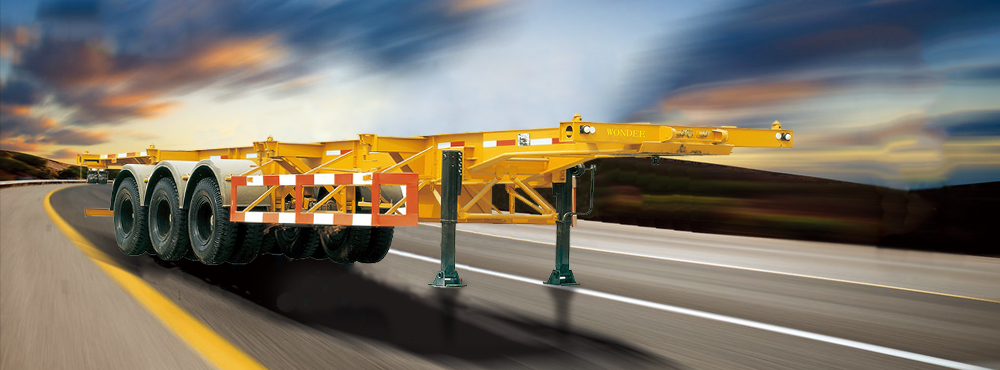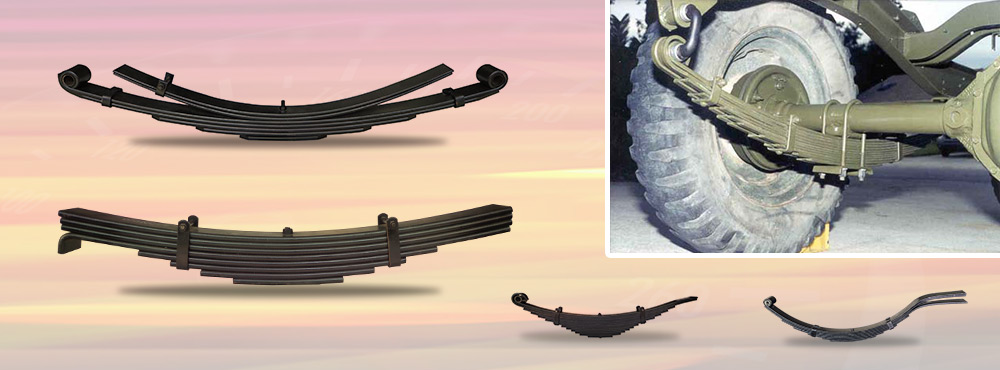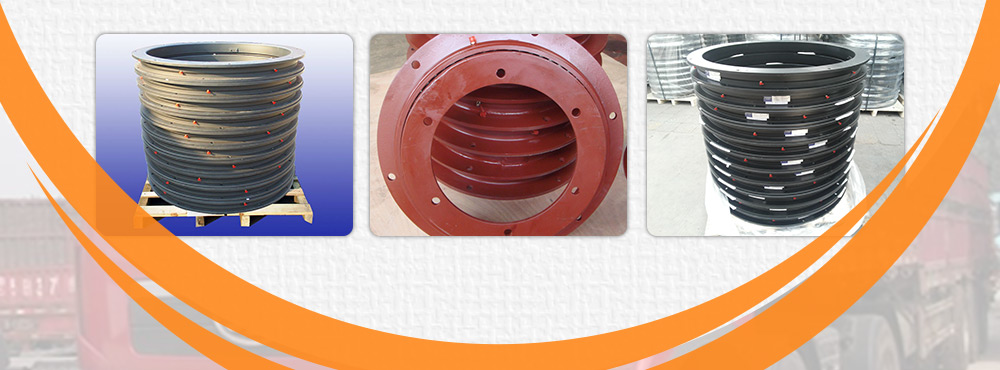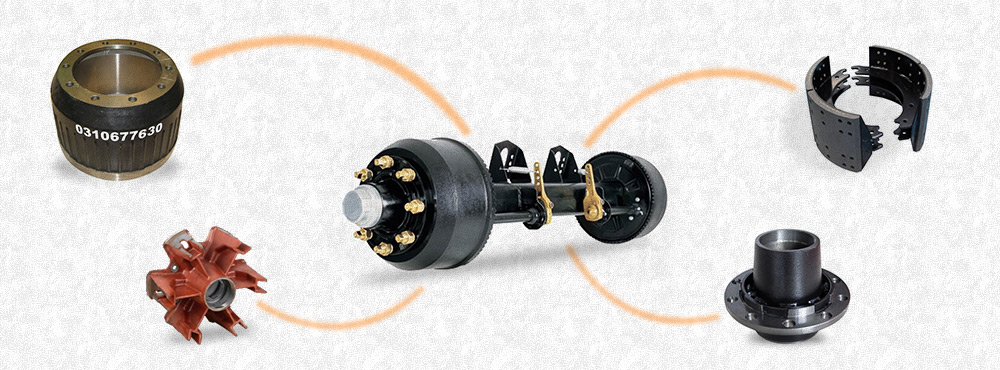CATEGORIES
SEMI TRAILER
Your Position:Home>>Semi Trailer
Semi Trailer
2016-03-01 08:47:31
A semi-trailer is a trailer without a front axle. A large proportion of its weight is supported by a tractor unit, a detachable front axle assembly known as a dolly, or the tail of another trailer. A semi-trailer is normally equipped with landing gear (legs which can be lowered) to support it when it is uncoupled.
Semi-trailers are more popular for transport than full trailers, which have both front and rear axles. Ease of backing is cited as one of the semi's chief advantages.
A road tractor coupled to a semi-trailer is often called a semi-trailer truck or "semi" in the US, and an articulated lorryor "artic" in the UK. The fifth wheel on a truck connects to a semi-trailer kingpin. Kingpins come in many forms, but the most common within the UK market is the 2.0-in EEC-approved type. This kingpin is fully interchangeable and, given a strict maintenance schedule, it should last the life of a trailer.
In Australian English, the tractor unit is usually referred to as a "prime-mover", and the combination of a prime-mover and trailer is known as a "semi-trailer" or "semi". Semi-trailers with two trailer units are called "B-doubles" (or in American English often just "doubles"), and in some cases (especially when there are three or more trailers), "road trains". A B-double consists of a prime mover towing two semi-trailers, where the first semi-trailer is connected to the prime mover by a fifth wheel coupling and the second semi-trailer is connected to the first semi-trailer by a fifth wheel coupling
Properties
In road haulage, semi-trailers predominate over full trailers because of their flexibility. The trailers can be coupled and uncoupled quickly, allowing them to be shunted for loading and to be trunked between depots. If a power unit fails, another tractor can replace it without disturbing the cargo.
Compared with a full trailer, a semi-trailer attached to a tractor unit is easier to reverse, since it has only one turning point (the coupling), whereas a full trailer has two turning points. Special tractors known as shunt trucks or shuttle trucks can easily maneuver semi-trailers at a depot or loading and unloading ferries. These tractors may lift the coupling so the trailer legs clear the ground.
A rigid truck and full trailer are articulated inside the cargo area length, so a semi-trailer can have a longer continuous cargo area. Because of this, a semi-trailer can haul longer objects (logs, pipe, beams, railway track). This depends on the legislation; in some European countries, a full trailer can be as long as a semi-trailer. However, since a rigid truck is longer than a semi-tractor, this increases the overall length of the combination, making it less maneuverable.
Couplings
The two types of couplings are fifth wheel coupling and automatic. In some applications, no separable coupling is fitted, and the trailer is bolted to the tractor unit, using a bearing, and rocker feet as are used under a fifth wheel skid plate.
Fifth wheel coupling
The towing vehicle has a wide coupling plate known as a fifth wheel coupling bolted onto its chassis on which the semi-trailer rests and pivots. As the tractor reverses under the trailer, a kingpin under the front of the trailer slides into a slot in the skidplate, and the jaws of the fifth wheel close onto it. The driver has to raise the trailer legs manually, and couple the airbrake lines and electrical cables.
Automatic couplings
Many years ago, automatic couplings predominated. but are now quite rare. Automatic couplings were generally used for payloads of 12 tons or less, e.g. on the Scammell mechanical horse.
No coupling plate is used on the tractor; a turntable is permanently fixed to the underside of the trailer. This locks to the chassis of the tractor. When the tractor reverses under the trailer, its legs rise and the brake and electrical connections are made automatically. Almost the entire coupling and uncoupling procedure is operated by the driver from inside the cab, except that he or she has to descend to release (or apply) the trailer parking brake
Realted reading:Brake Drum Turntable
Tags: semi trailer semi trailer semi trailer
Previous:tire manufacture













